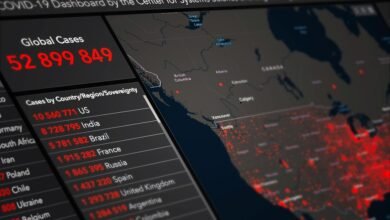Caller Defense Security Intelligence Regulation Division 3509926276 3807742781 3511130223 3428366129 3663918422 3517186707

The Caller Defense Security Intelligence Regulation Division plays a pivotal role in enhancing national security through stringent oversight of telecommunications practices. Its focus on caller identity verification is essential in combating fraud and deceptive communication. By enforcing regulations that promote data encryption and conducting regular risk assessments, the division aims to bolster the overall integrity of communication systems. However, as technology continues to advance, new challenges arise that necessitate ongoing adaptations in regulatory strategies.
Understanding the Role of the Caller Defense Security Intelligence Regulation Division
The Caller Defense Security Intelligence Regulation Division plays a pivotal role in safeguarding national security through the oversight of intelligence practices related to telecommunications.
This division focuses on caller identity verification to enhance fraud prevention measures, mitigating the risks posed by deceptive communication tactics.
Key Regulations and Their Impact on Cybersecurity
Regulations established by the Caller Defense Security Intelligence Regulation Division significantly influence the landscape of cybersecurity, particularly in the realm of telecommunications.
These regulations mandate adherence to robust cybersecurity frameworks, addressing regulatory challenges that organizations face in protecting sensitive data.
As compliance becomes essential, the interplay between regulation and technological advancements shapes proactive security measures, fostering a resilient environment against cyber threats.
Strategies for Compliance and Enhanced Data Protection
While navigating the complexities of compliance, organizations must adopt a multifaceted approach to enhance data protection in accordance with the standards set forth by the Caller Defense Security Intelligence Regulation Division.
Implementing robust data encryption protocols is essential, alongside regular risk assessments to identify vulnerabilities. This strategic combination not only safeguards sensitive information but also aligns operational practices with regulatory requirements, ensuring organizational resilience.
The Future of Communication Security and Regulatory Adaptations
As organizations increasingly rely on advanced communication technologies, the landscape of communication security is poised for significant evolution, necessitating adaptive regulatory frameworks.
Future regulations must incorporate innovations such as quantum encryption and biometric authentication to safeguard data integrity and user privacy.
This dynamic environment will require continuous collaboration among stakeholders to establish robust standards that protect individual freedoms while addressing emerging threats effectively.
Conclusion
In conclusion, the Caller Defense Security Intelligence Regulation Division stands as a steadfast sentinel in the sphere of telecommunications, safeguarding systems through stringent standards and strategic safeguards. As cyber threats continue to evolve, its commitment to compliance and collaboration will cultivate a culture of comprehensive protection. The division’s foresight in fortifying frameworks ensures a future of fortified communication security, where proactive policies and persistent vigilance prevail against the perils of fraudulent practices and deceptive tactics.





